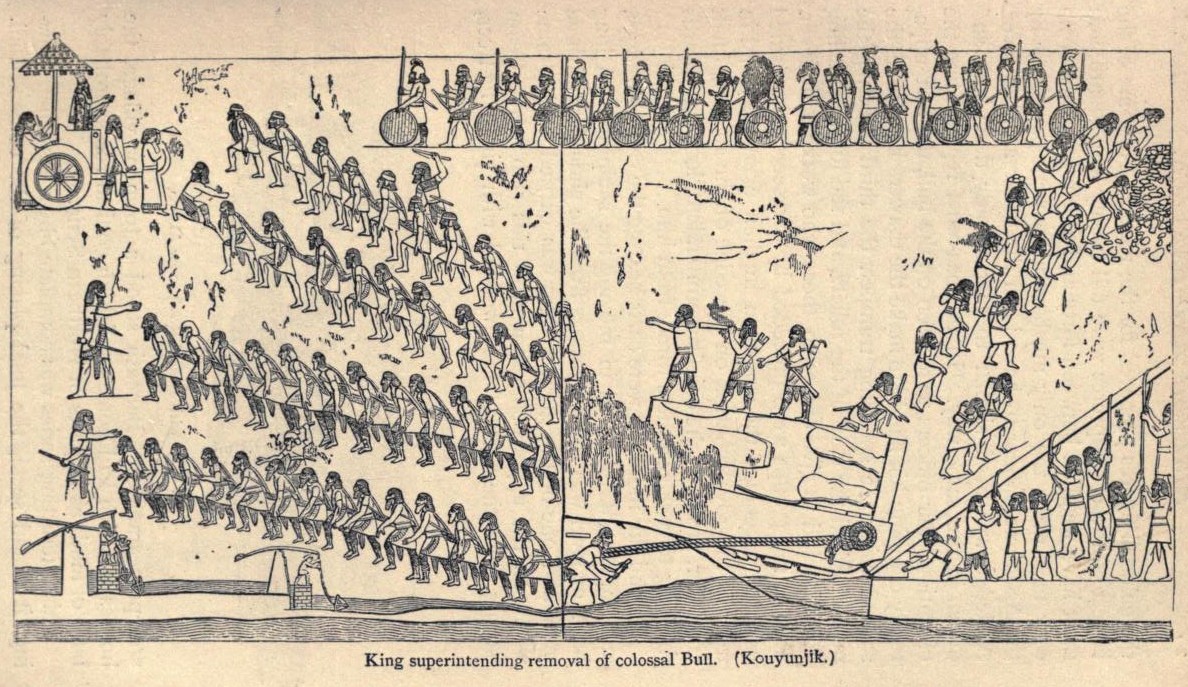The mention of the word Music will likely bring about a series of mental processes in which you relate the context of the word to your own experiences. Thus, it may be jazz which floods your brain, or classical music, folk music, pop or whatever. Thus if the topic being discussed is based upon ancient practice, the writer must first tear you away from your modern thoughts to transport you back into the ancient world. For this reason, many authors, including myself, often use the term, sound tools to describe objects from the ancient world which might otherwise be called musical instruments.
In many cases, sound tools were used in contexts where we would see them more as means of signalling than as musical instruments. One case like this is shown in the scene from Nineveh which was carved around 700 BCE. We know of trumpet-like instruments or tubae being used at this time in Mesopotamia and one is seen being played in the centre of this scene. Behind the player stands a second one, apparently ready to take over from his colleague.
In this scene, the tuba is being used to coordinate the heaving of the statue into position. Thus, although the instrument shown might have been used differently in other contexts, I would refer to it in this scene as a sound tool.
Image: The Hauling of a Colossal Bull in Nineveh around 700 BCE
